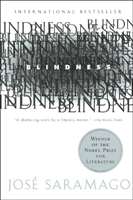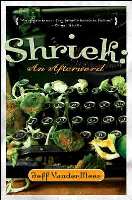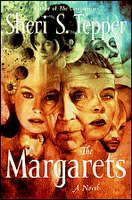 José Saragamo’s Blindness
José Saragamo’s Blindness was the winner of the 1998 Nobel Prize for Literature. As the inhabitants of an unnamed city go blind one by one, the very fabric of society begins to decay until it is transformed into an animalistic morass of survival. That is the premise of Saramago’s intensely powerful and challenging novel. The core of the story revolves around seven people, among the first to go blind, along with a doctor’s wife who for some reason never loses her sight, but keeps this fact hidden from all save her husband.
Saramago explores how the removal of sight causes the destruction of the social structure. Even before the entire community goes blind, the government, fearing (rightly) an epidemic, quarantine all the blind under inhumane conditions. Yet as the worst of human society emerges, so too does compassion and cooperation, as we follow the seven main characters and watch as they form their own family to insure their survival.
Blindness is not a beach-reading novel that you can flip through in a day. It require concentration and reflection. Saramago pulls the reader into some pretty horrific situations as some of the downtrodden take advantage of others. With the character of the doctor’s wife, the sole sighted person in a city filled with the blind, Saramago creates a character both helpless and with great responsibility to those around her. It’s an insightful allegory to our world today.
I decided to read Blindness after finding out that it has been adapted for the screen by writer/director/actor extraordinnaire, and my pal, Don McKellar. It’s sure to be a harrowing experience.



